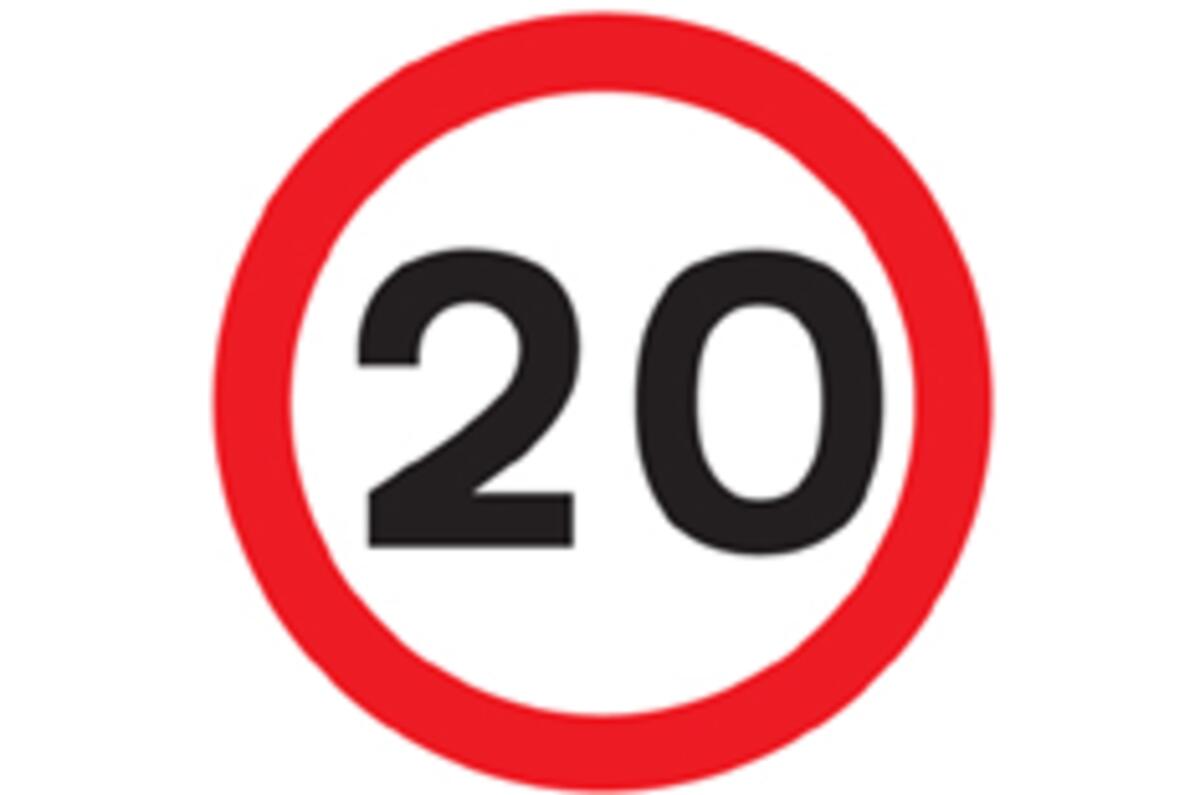It’s pretty rare that you get to go faster than 20mph in most towns these days, but that’s the fastest that a parliamentary group reckons you should be allowed to go.
And how would these proposed new limits be enforced? With new cameras, of course, which would have the added benefit to local authorities of generating revenue.
One of many problems with the proposal, however, is that in order to catch drivers speeding at such a low level, a new type of average speed camera would need to be given Home Office approval.
The Parliamentary Advisory Council for Transport Safety (Pacts) reckons that lowering the current 30mph urban limit is the only way to meet the government’s self-imposed target of reducing road deaths by 40 per cent by 2010 compared to the figure for the mid-’90s.
Currently around 3200 people die on UK roads every year, a figure that has consistently dropped, thanks in part to advances in car technology such as seatbelts, airbags and anti-lock brakes.
The executive director of Pacts, Robert Gifford, said that: "Improving road safety is not an academic exercise. Deaths on our roads are preventable occurrences where society could and should do more to prevent them. Every year, the inhabitants of a town the size of Nottingham or Belfast are killed or injured on our roads."
We think that’s a highly misleading statement. In 2006, the last year for which statistics are available, there were 258,404 road casualties in Great Britain – five per cent less than in 2005 (incidentally, the City of Nottingham has a population of around 280,000, and greater Nottingham around 680,000, either of which makes Mr Gifford’s figures even more misleading).
According to Department for Transport figures, of the 258,404 road casualties in 2006, 31,845 people were killed or seriously injured, and 3172 people were killed. So presumably 28,673 people were seriously injured but not killed.
It’s still too high a number, but it’s a lot less than the figure implied by Mr Gifford.
Would blanket 20mph limits have the effect of halving this number? It’s impossible to say. And if a 20mph limit halves deaths, then surely the next logical step would be to impose a blanket 10mph limit to cut the number of deaths yet further.
There is, of course, another way. One alternative is that used in Holland, and also taken up by Kensington & Chelsea on Kensington High Street. Here street furniture (barriers, kerbing, excessive signing) has been removed, placing pedestrians and motorists in closer proximity, with the effect of lowering limits.
Another option would be to impose variable limits, as around schools in Scotland, where there is a 20mph limit during school hours that rises to 30mph at night.
But then neither of those approaches would generate extra revenue for local councils through speeding fines, even if they might be every bit as effective at lowering casualty rates.




Add your comment